Conflicts are rarely visible. And as they grow, they can create a rift in your team. With TeamMood and regular feedback from team members, you have an easier time detecting conflicts but also solving them.
Step 1: Monitor TeamMood analytics
Go to the Analytics tab on TeamMood to get all the important data points of the feedback from your team members.
If the chart about the mood distribution by day goes down, something is brewing!
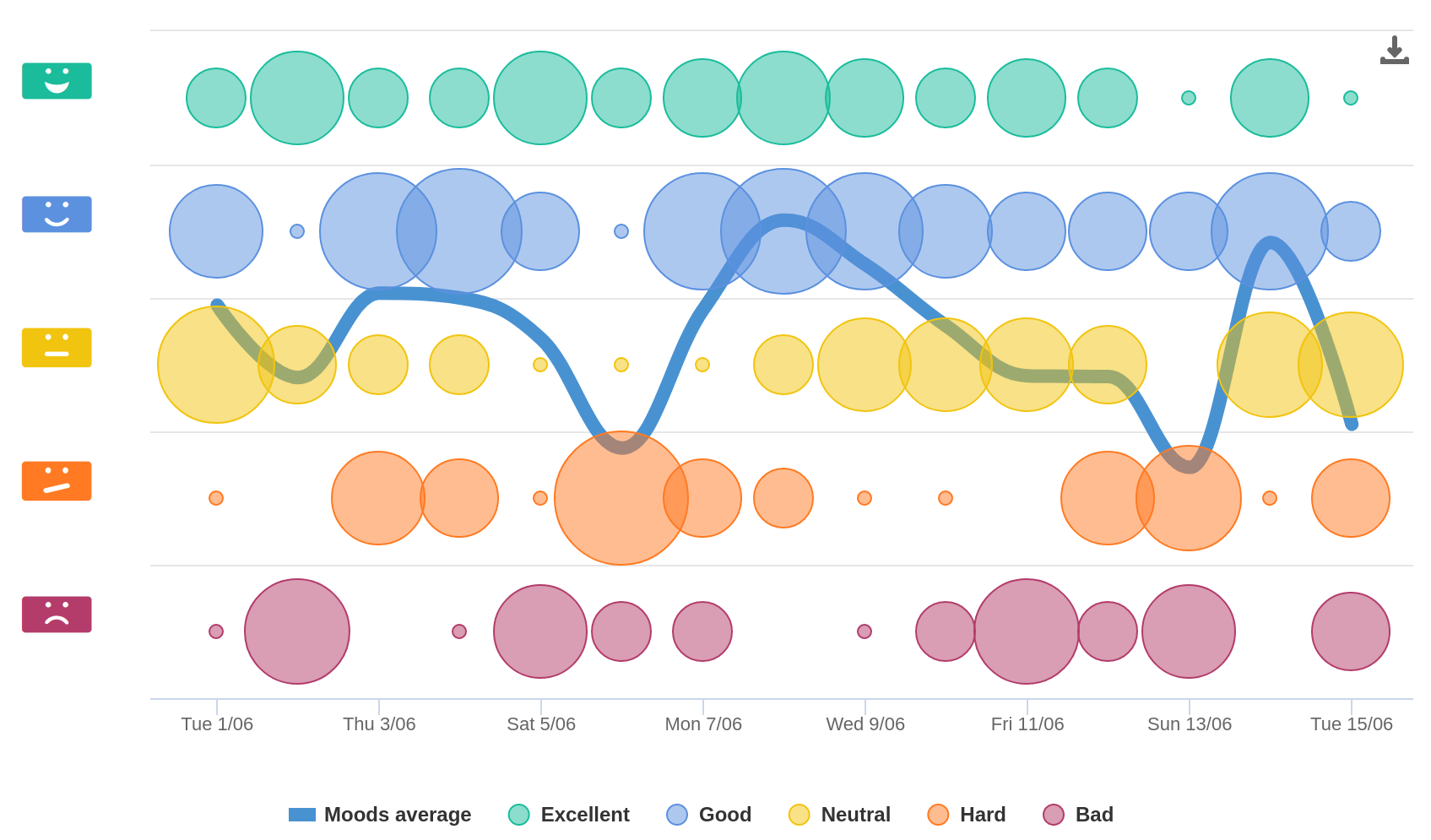
Step 2: Find the reason of the conflict
When mood goes down, you need to act. But before getting everyone in a room, you need to analyze the situation.
The mood distribution chart only tells you something is going on but you need to dig deeper to understand why.
In this case, segmentation is going to be very useful to select the time period when the mood is down. In addition to the time period, you can segment by team or tag if the conflict is more specific.
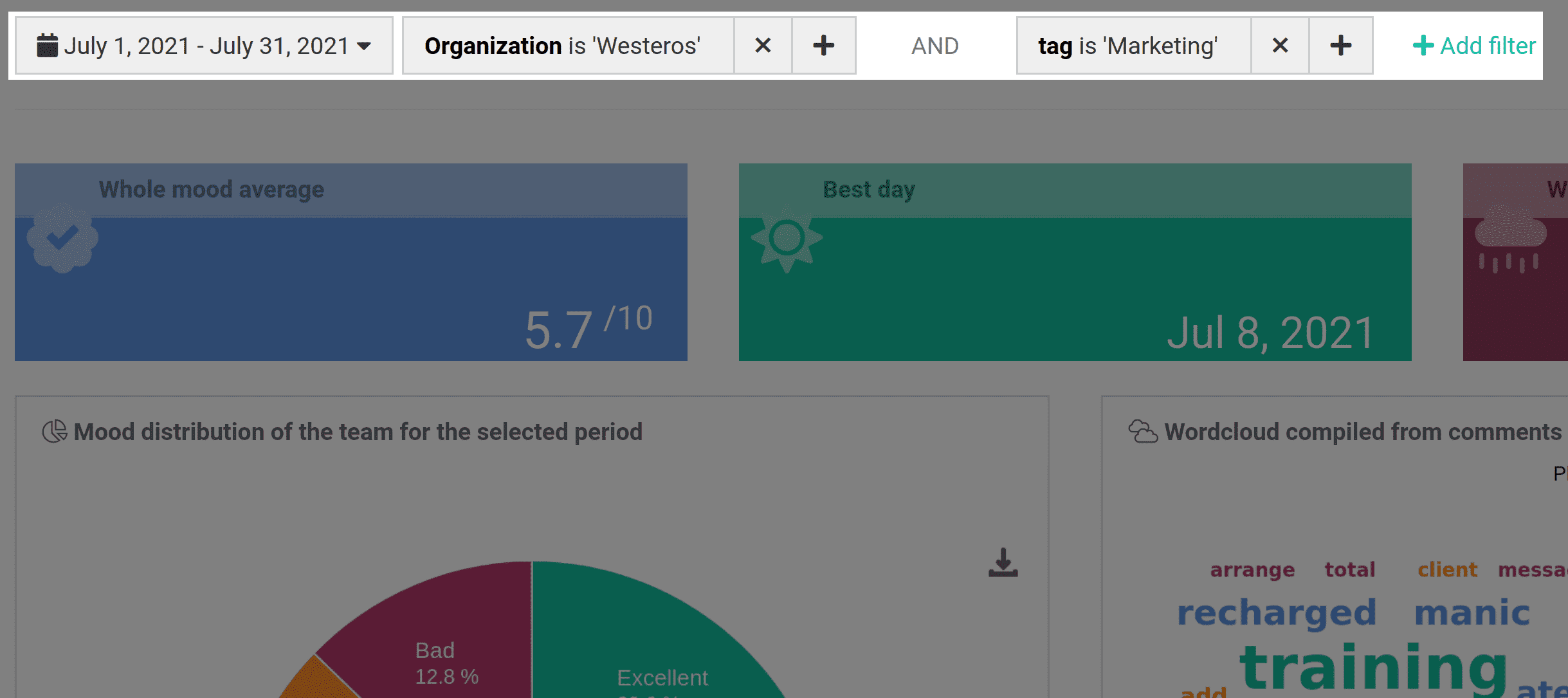
With the right segmentation, analytics are going to start to tell you why. You can look at the word cloud and see if some negative words are getting more prominent.
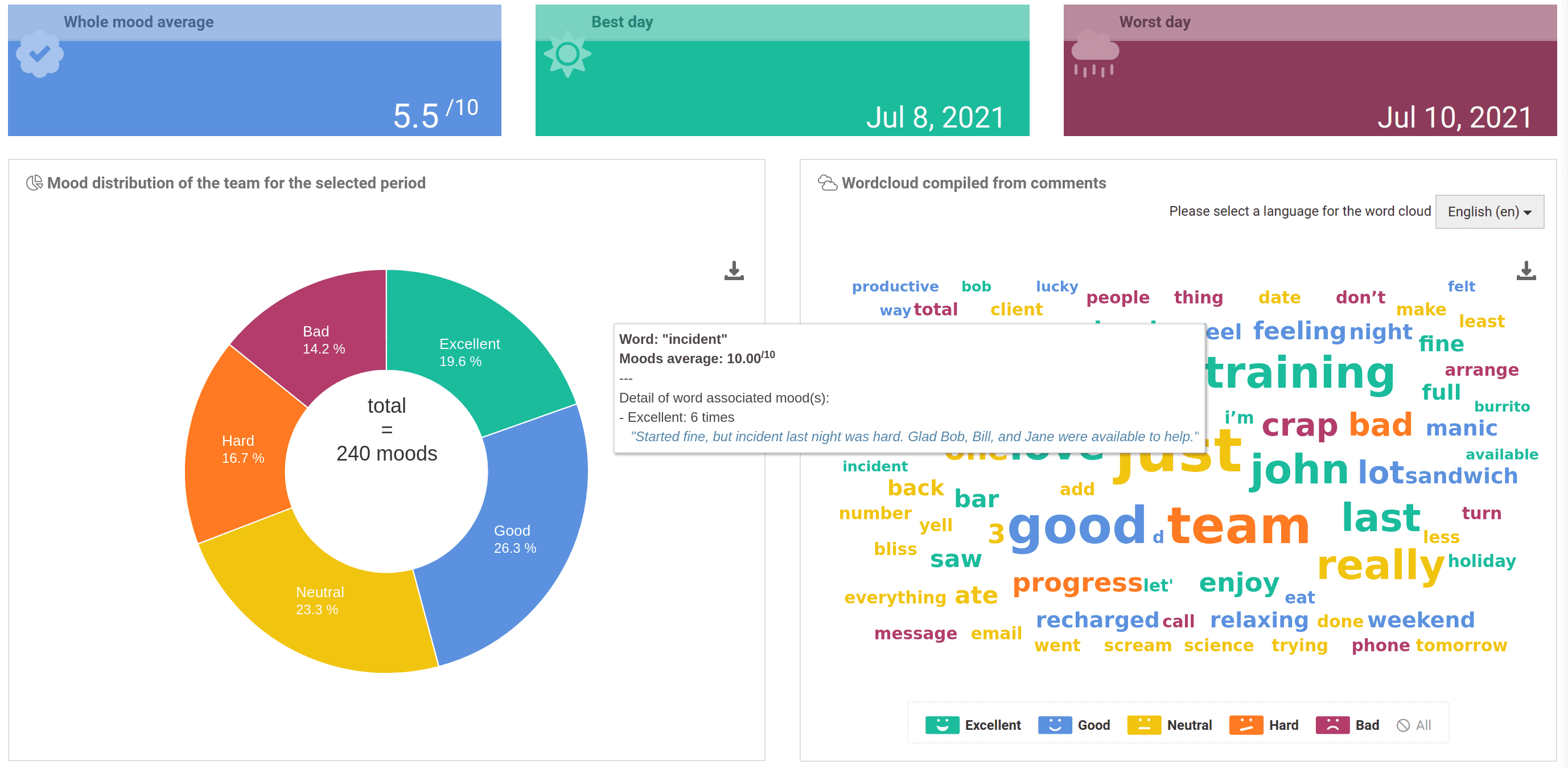
If you can't find nothing there, you might need to analyze recent feedback in the Calendar tab.
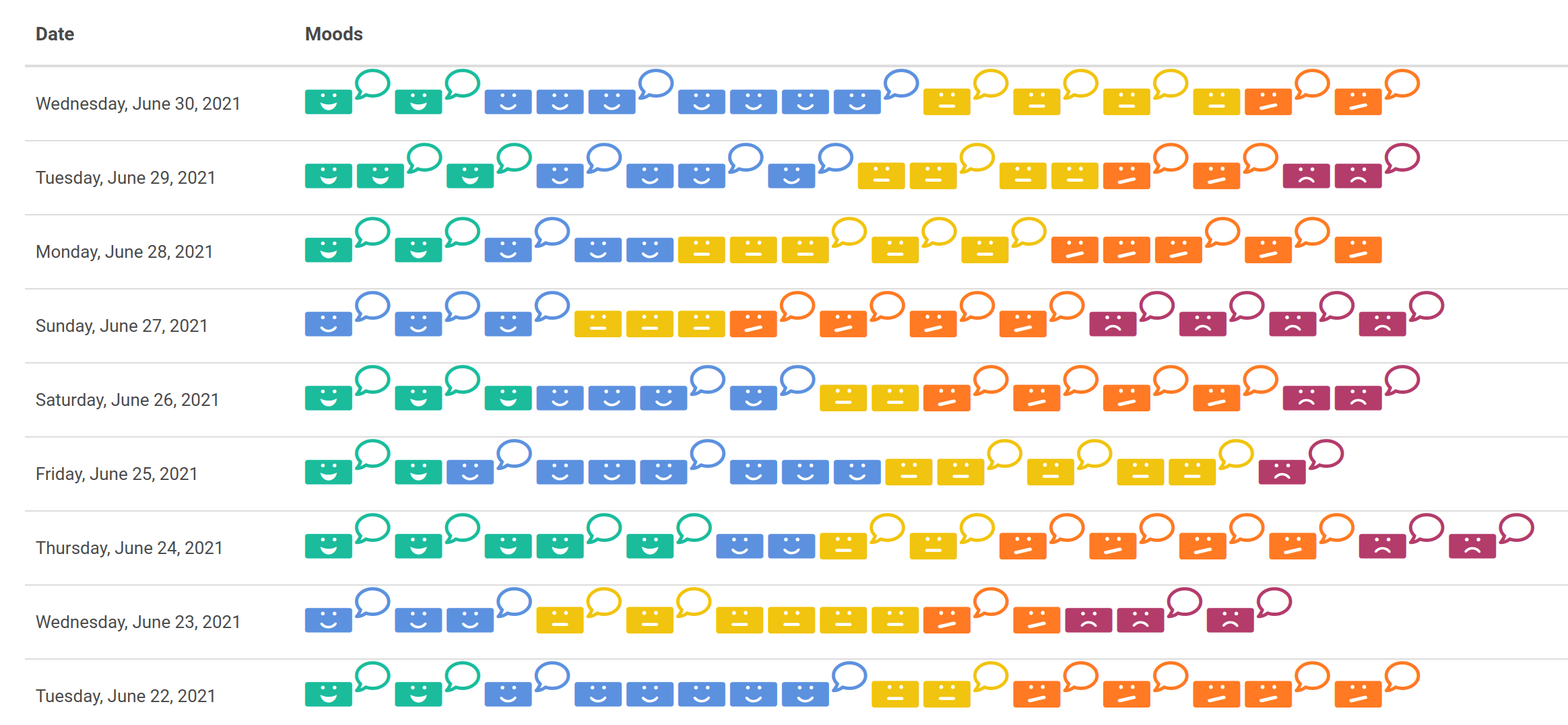
Step 3: Organize a meeting
By now, you should have an idea why the mood is down. It could come from a single person or involved many people. Each situation is different and your response needs to be the right one.
1-on-1 meeting
If the bad mood only comes from a single team member, you have to help them come forward. As TeamMood is anonymous you don't know who the person is but you can post a reply to their mood or feedback.
Invite them gently to come talk to you. Reiterate if you don't get a reply.
If they didn't leave any written comment and you just have the mood, prepare something that will break the ice. Maybe share feedback about your own mood first at the beginning of the meeting.
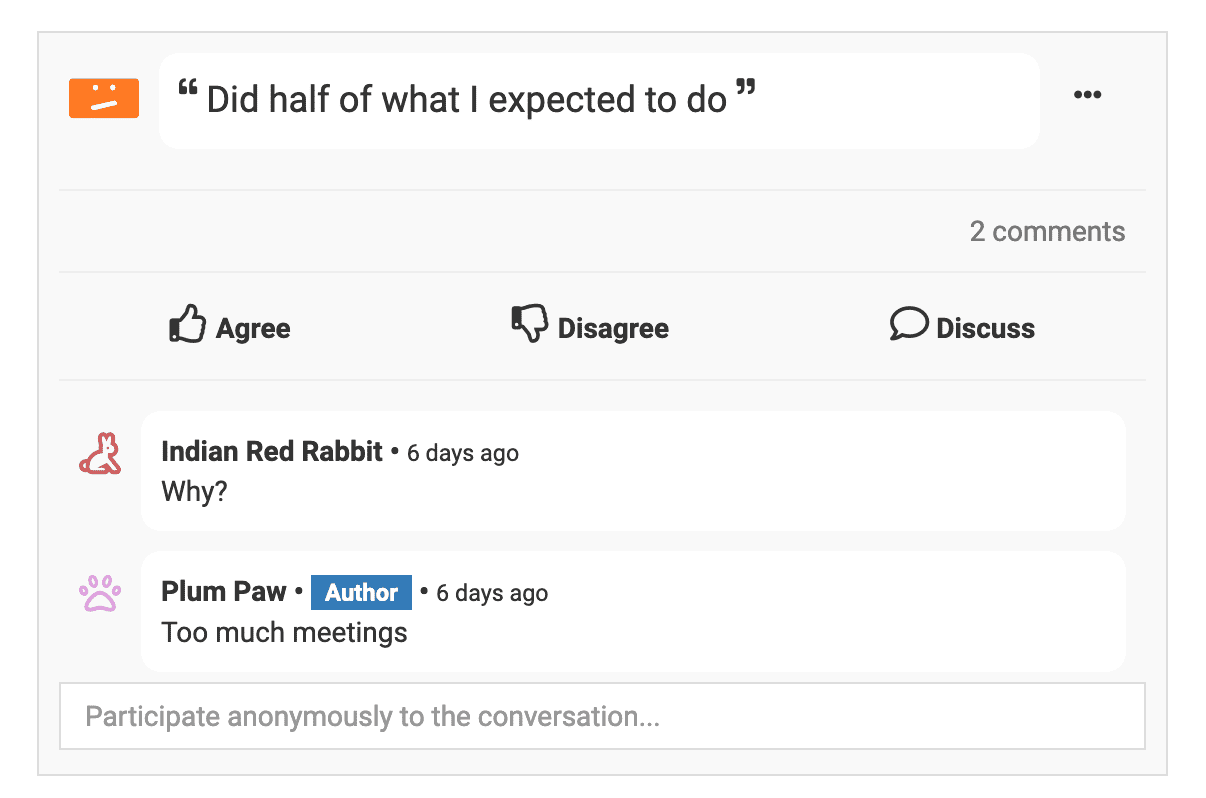
Meeting with the whole team
If multiple people have bad moods, evaluate if the situation involves the whole team or if it requires 1-on-1 meetings with each person.
Step 4: Send a recap and give updates
Don't let all this effort goes to waste. If you take any action based on the meeting, inform everyone involved.
Take notes during the meeting and share them with the actions that you or your team decided to take.
Also, create a reminder to send an update when the actions are taken to let everyone know the results of the actions.
Step 5: Thank everyone involved
Crisis averted! Now be sure to thank people that participated in the resolution of the problem. Write them a personal thank you note or tell them directly.
If the benefits of their feedback saved you a lot of time and effort, you could even give them a gift.
Going further
- 10 Golden Rules For Running Productive Meetings: Lots of advice to have better meetings.
- 8 Warnings That a Crisis Is Looming Among Your Teammates: Learn how to recognize all the signs a conflict is brewing.